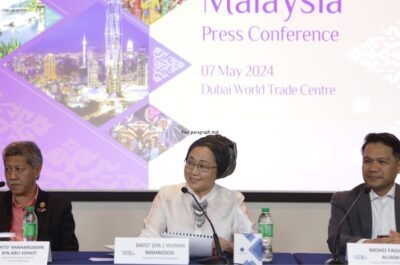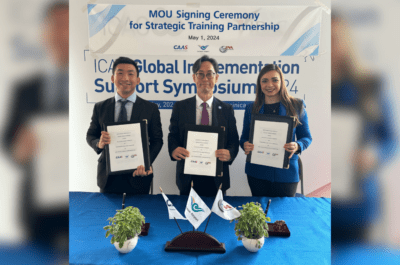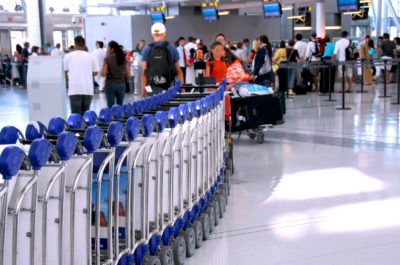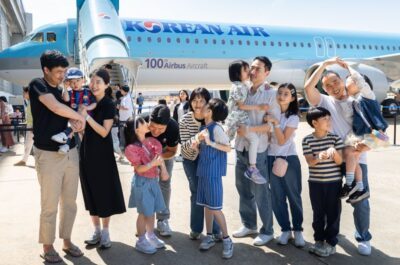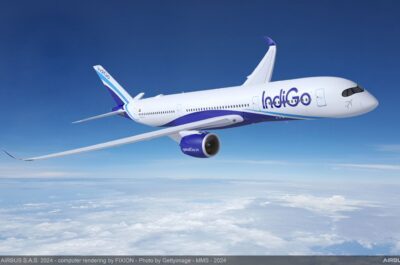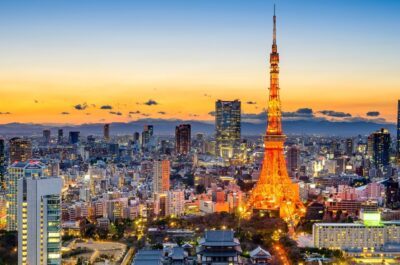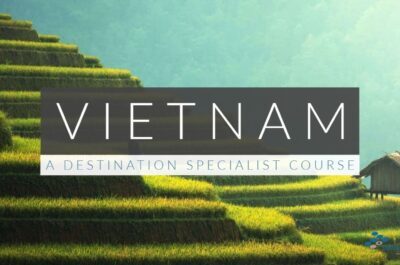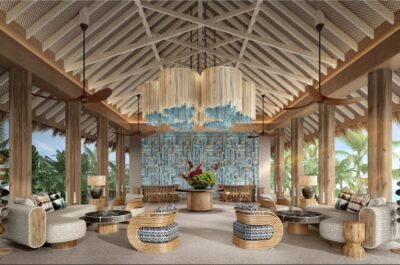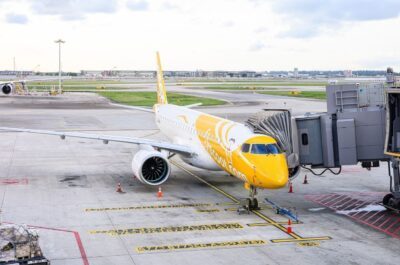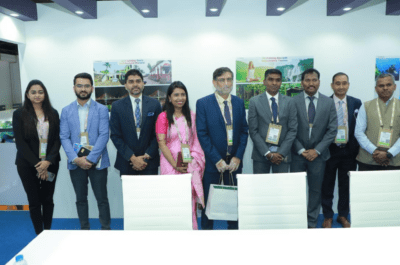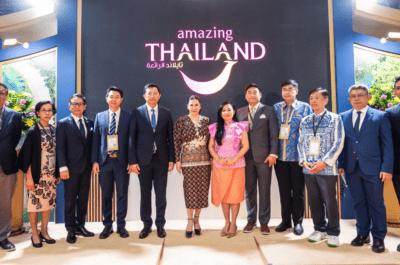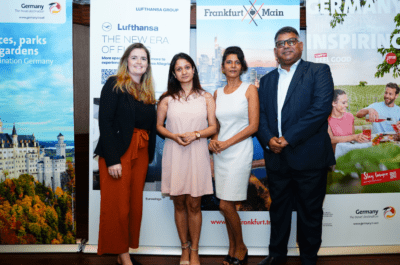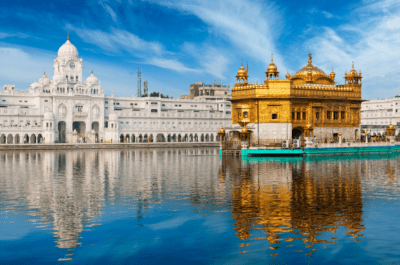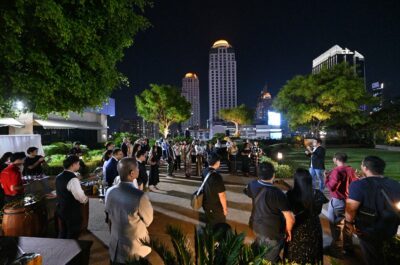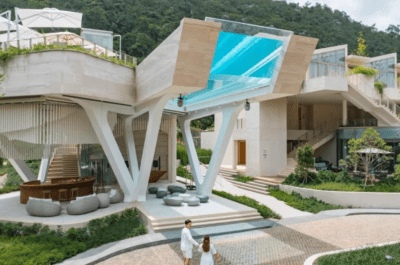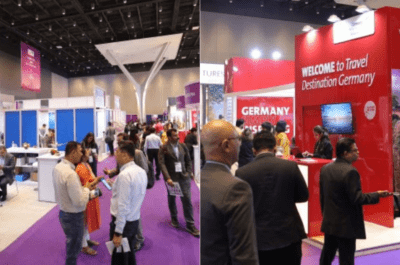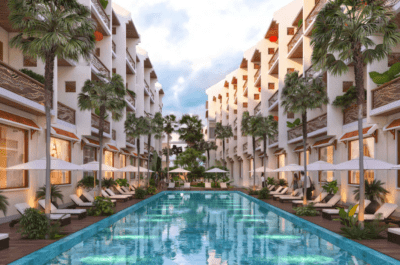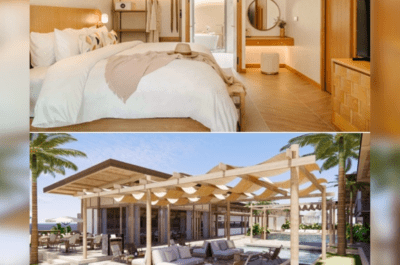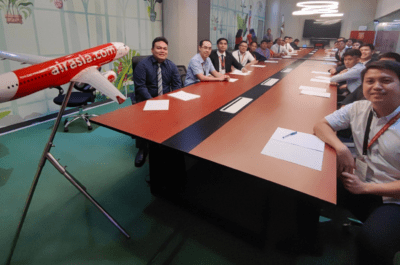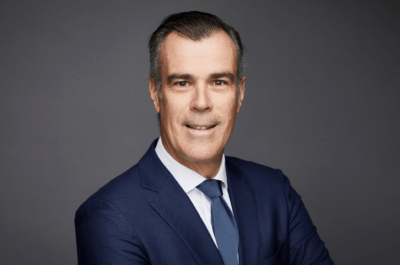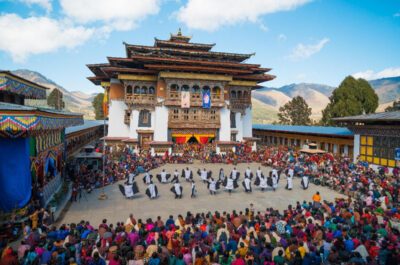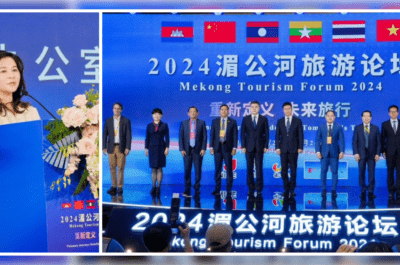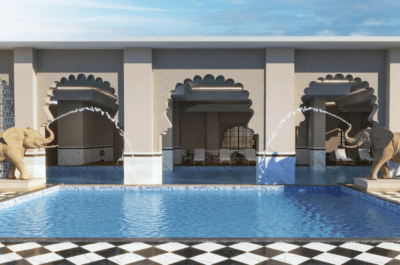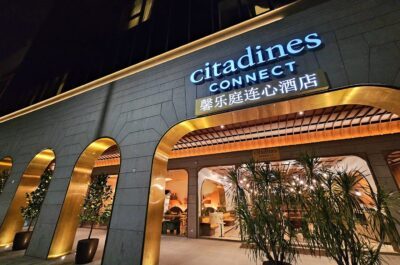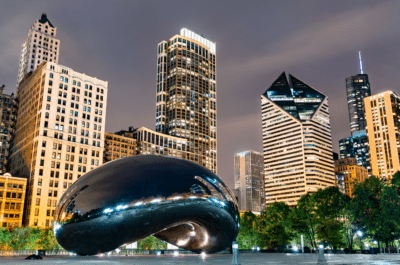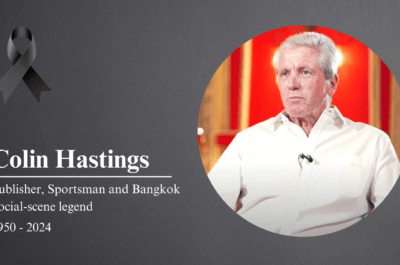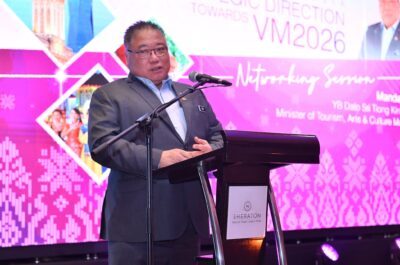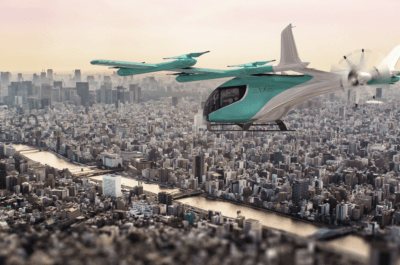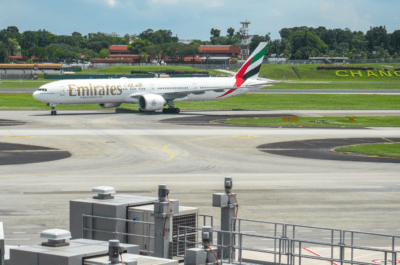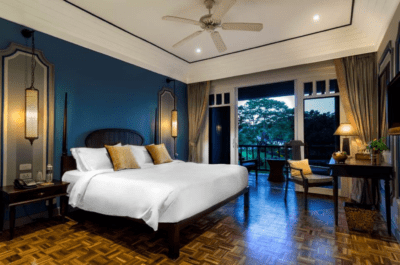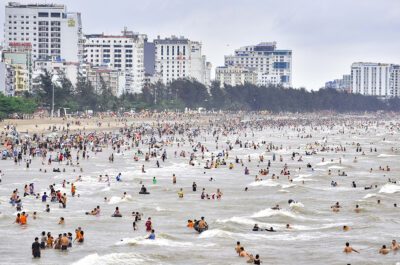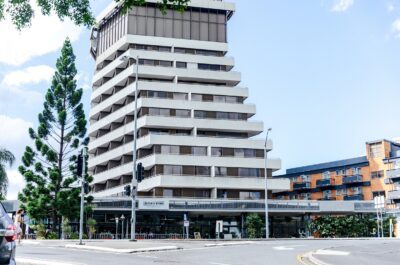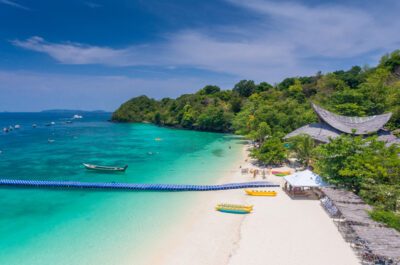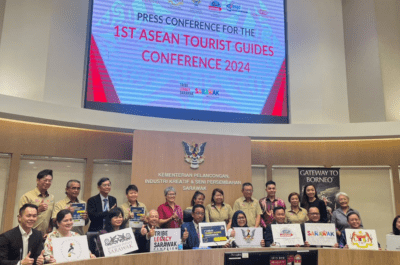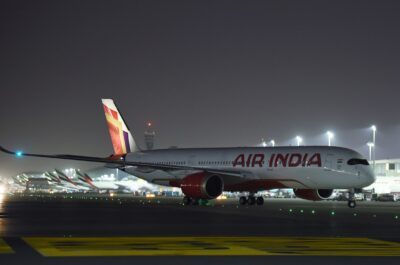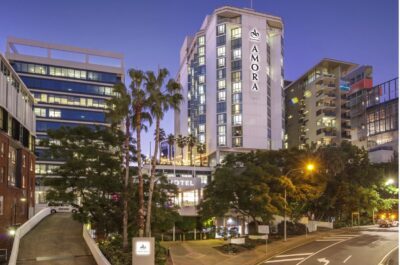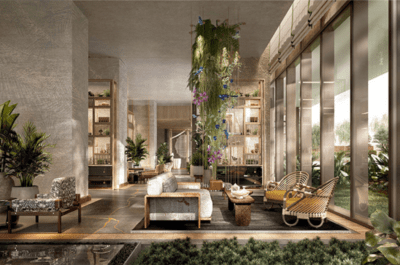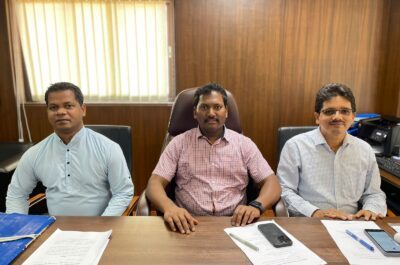After experiencing high occupancy levels and steadily increasing visitor arrivals in the last several years, the Philippines has caught the attention of numerous major hotel and property developers from all…
After experiencing high occupancy levels and steadily increasing visitor arrivals in the last several years, the Philippines has caught the attention of numerous major hotel and property developers from all around the globe.
The Philippine Department of Tourism estimates that more than US$4 billion will be slated for hotel development throughout the 7,107-island archipelago, including a much-anticipated hotel complex in the central business district of Makati City in Metro Manila.
The complex, a joint venture between Ayala Land Inc. (ALI), the Philippine’s property developer, and Dubai-based Kingdom Hotel Investment (KHI), one of the major equity holders for Fairmont Hotels and Resorts, is expected to be a key component in the area’s redevelopment into a world-class business destination. An ALI spokesperson advised that the development group has 33 new projects currently slated for the Philippines in 2007.
In another development, Shimao Group Chairman Xu Rongmao has recently met with Philippine President Gloria Macapagal-Arroyo at which time he announced his decision to invest up to US$4 billion in the development of high-end hotels and residential properties in Taguig, just south of Makati City in Metro Manila. Xu, who was recently listed as China’s second richest man for 2006 by Forbes magazine, also discussed plans to develop an environmentally-friendly airstrip in the Palawan province, the largest island province in the Philippines, most notable for its eco-tourism offerings and the longest underground river in the world.
SM Investments Corp. (SMIC) has allotted US$120 million for the first phase of the Hamilo Coast development project, a major resort complex in Batangas. An eco-tourism project of massive proportions, Hamilo Coast will comprise 13 natural coves of varying shapes and sizes, featuring pristine beaches, resort areas, residential condominiums and country clubs, as well as a marina, yacht club and boardwalk with retail amenities.
To ensure the ecological sustainability of Hamilo Coast, SMIC has partnered with the environmental group WWF-Philippines (World Wildlife Fund).
SMIC also announced the expansion of Taal Vista Hotel in Tagaytay, with a US$14 million refurbishment project which will more than double the property’s number of accommodations.
Last year, SMIC opened the SM Mall of Asia in Pasay City, Metro Manila, the seventh largest mall in the world.
“Recent strides in national economy have made the Philippines a major player in global tourism in recent years, which in turn, has helped to further raise the standard of living for indigenous Filipinos,” noted Philippine Tourism Secretary Joseph Durano.
“Filipino people are reputed to be one of the most hospitable cultures on earth,” added Durano. “We also boast the largest English-speaking populace per capita in Asia.”
In other developments, President Gloria Macapagal-Arroyo recently laid out a three-year plan to develop the Central Philippines as a “Super Tourism Region.”
President Macapagal-Arroyo first unveiled the concept of “Super Regions” in her 2006 State of the Nation Address (SONA), noting the importance of grouping selected regions and provinces by their economic strengths to stimulate economic growth and development. She identified several regions based on strength in agriculture, industry, technology and tourism. Central Philippines, consisting of 27 provinces (nearly 100,000 sq. km) in Southern Tagalog, Bicol, Western Visayas, Eastern Visayas, Central Visayas, Western Mindanao, Northern Mindanao and Caraga, have been identified as the Super Region for tourism.
“With infrastructure development in the Central Philippine region, the livelihood and progress of Filipinos will be enhanced, and there will be more sustainable development focusing on the environment, as well as the preservation and promotion of our cultural heritage,” commented Durano. “In turn, these developments will further our tourism goals by correcting false perceptions and improving our image in the international spotlight,” Durano added.
President Macapagal-Arroyo has allocated a budget of US$1.69 billion over the next three years to fund various programs designed to increase tourism to Central Philippines, including the construction of new environmentally-friendly airports, seaports, access roads and railways to make travel to and within the Philippines faster and more comfortable.
Using sustainable tourism as the main development thrust will enable the Central Philippines Super Tourism Region to tap the development potentials of even the smaller islands, protecting fragile marine and coastal eco-systems.



